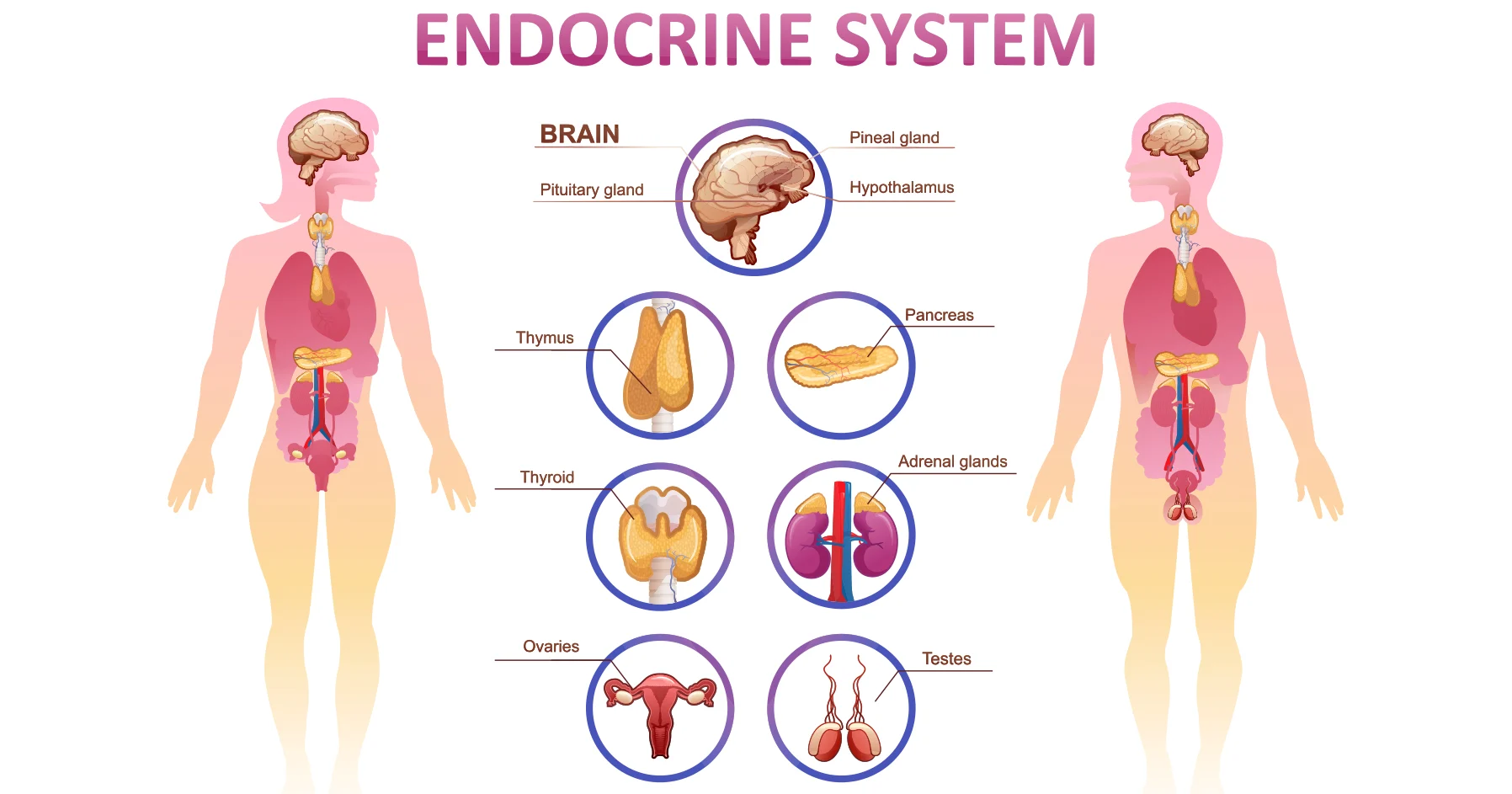Regenerative medicine is changing the way we approach healing. Specialists at the Goswami Clinic work tirelessly behind the scenes, bridging the gap from laboratory to clinic. They focus on harnessing the body’s own repair mechanisms. We will explore their journey, from cell research to practical treatments. Let’s uncover the steps that lead to new therapies and a better quality of life.
The Science of Regeneration
Regenerative medicine involves using the body’s own resources to heal itself. This can include approaches like stem cell therapy, tissue engineering, and gene editing. The journey from bench to bedside is intricate. It starts with understanding how cells work at the most basic level. Researchers delve into how cells grow and repair themselves.
A pivotal part of this process is stem cells. They have the unique ability to become different types of cells. This flexibility makes them invaluable in medicine. At the National Institutes of Health, scientists study how to direct these cells to repair damaged tissues. Their work supports new treatments for conditions that were once thought incurable.
From Laboratory to Clinic
Translating lab discoveries into actual treatments involves a series of steps. It starts with pre-clinical research. In this phase, researchers test therapies in controlled environments. They aim to understand the potential benefits and risks. Once safety is assured, the next step is clinical trials. This involves testing on humans to ensure the treatment is safe and effective.
The path is rigorous and involves collaboration. Specialists from different fields work together, including biologists, doctors, and engineers. Their combined expertise facilitates creating therapy that is both safe and effective. This collaboration reflects the dynamic nature of regenerative medicine.
Challenges and Solutions
While the field holds promise, it faces challenges. One major hurdle is ensuring the treatment’s safety and efficacy. Regulatory bodies, like the U.S. Food and Drug Administration, set strict guidelines. These regulations ensure that only the safest and most effective treatments reach patients.
Funding can also be a challenge. Research and development in regenerative medicine are resource-intensive. This requires significant investment from both the public and private sectors. Despite these challenges, the potential benefits drive continued research and development.
Therapies in Practice
Several regenerative treatments have already made their way to clinics. These include therapies for conditions like heart disease, diabetes, and certain types of cancers. Each treatment undergoes extensive testing to ensure it improves patient outcomes.
| Treatment | Condition | Success Rate |
| Stem Cell Therapy | Heart Disease | 60-70% |
| Tissue Engineering | Burns and Wounds | 70-80% |
| Gene Therapy | Certain Cancers | 50-60% |
The Future of Regenerative Medicine
The future of regenerative medicine is bright. Advances continue to emerge, offering new hope for patients worldwide. With ongoing research, more conditions may see new treatment options. The goal remains to improve patient quality of life and offer solutions where none existed before.
A key focus for the future is personalized medicine. This approach tailors treatments to individual patients, considering their unique genetic makeup. This specificity can lead to more effective and safer treatments. As scientists gain a deeper understanding of genetics and cellular biology, personalized medicine becomes more viable.
Conclusion
Regenerative medicine represents a leap forward in healthcare. By focusing on the body’s ability to heal itself, these specialists pave the way for a new era in medicine. The challenges are many, but the potential benefits are worth every effort. This journey from laboratory to clinic is just beginning, and the future looks promising.


